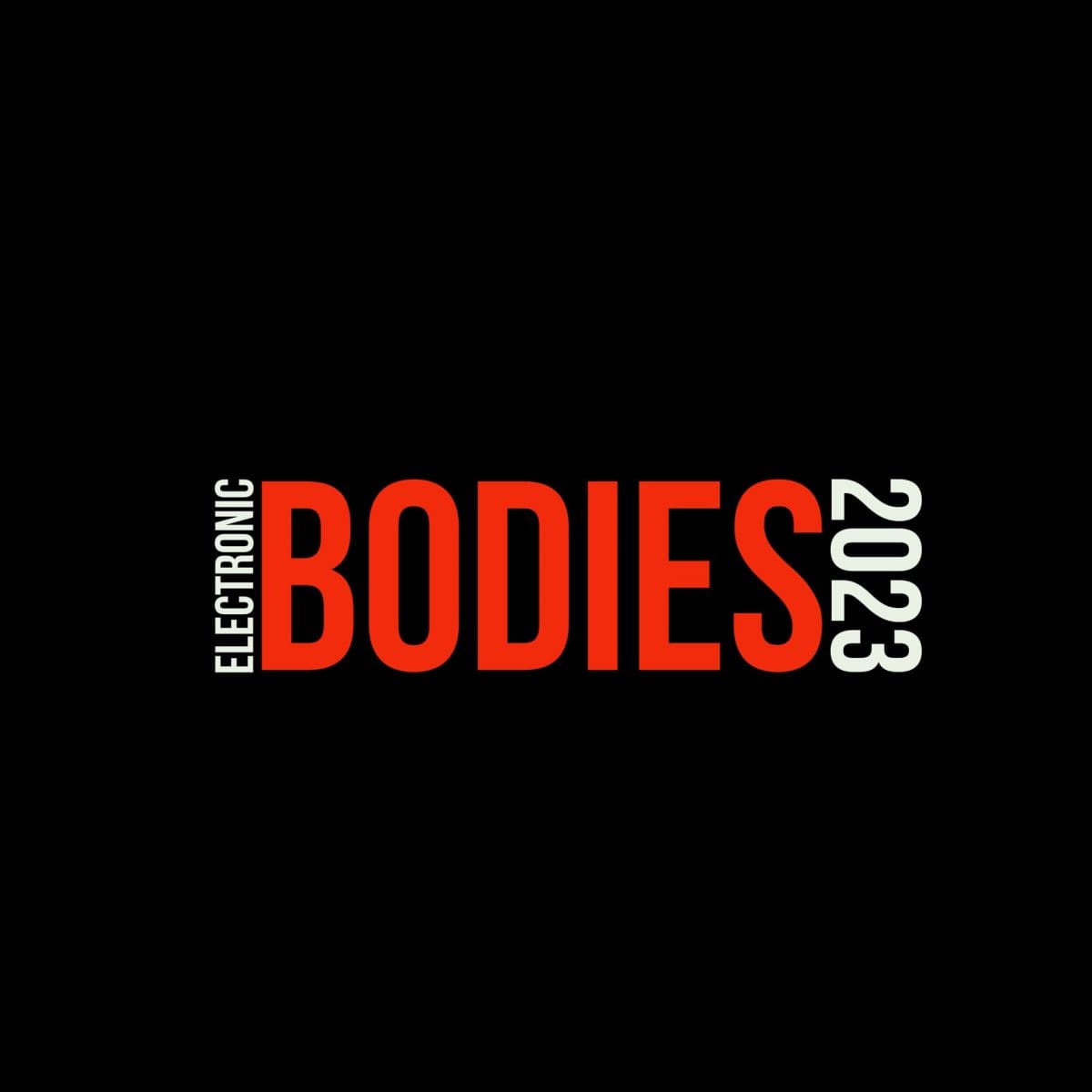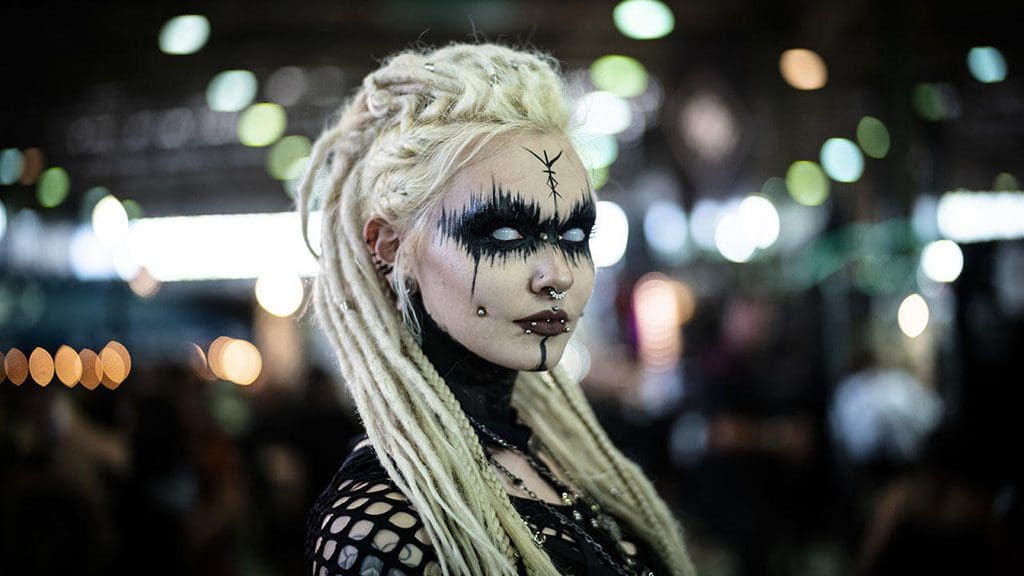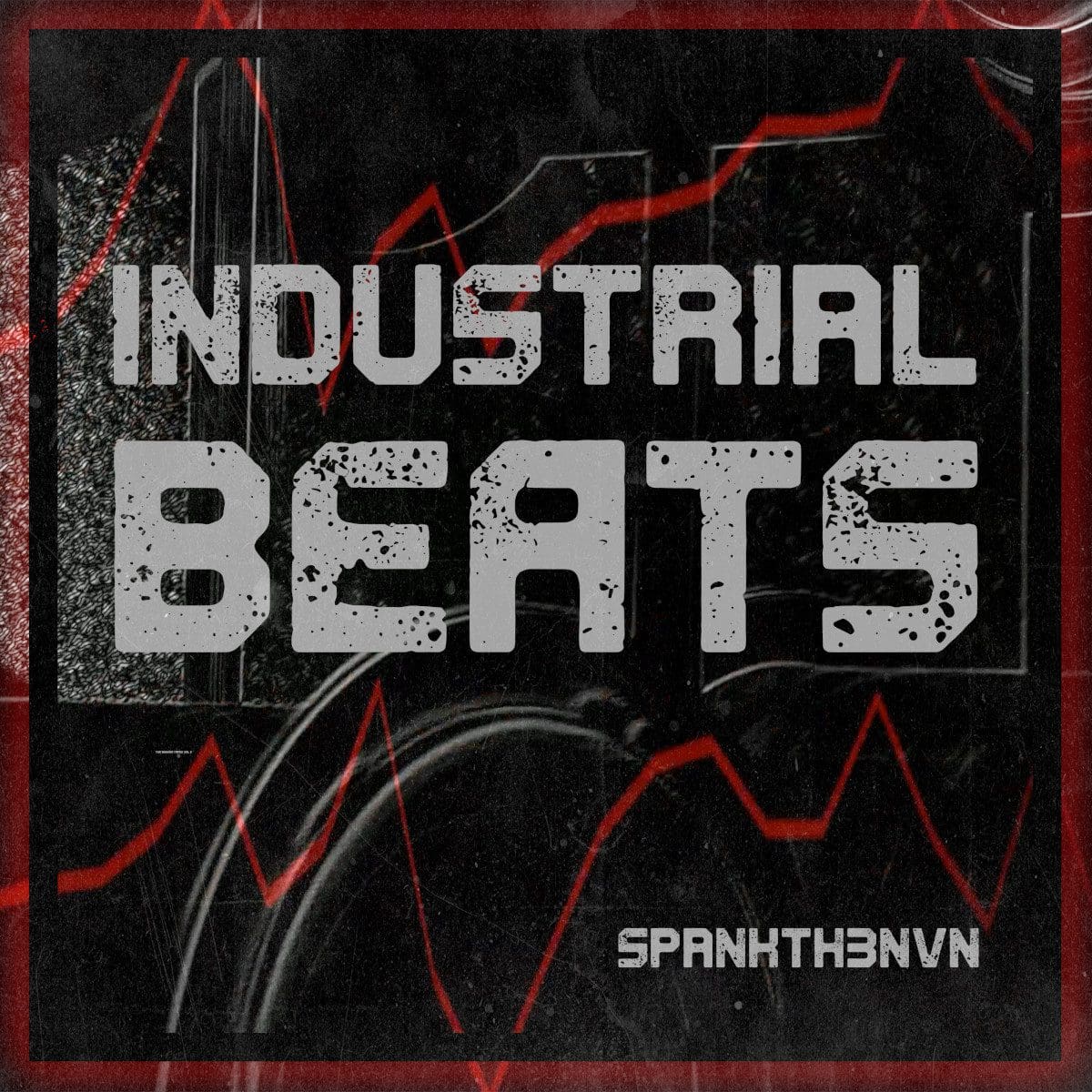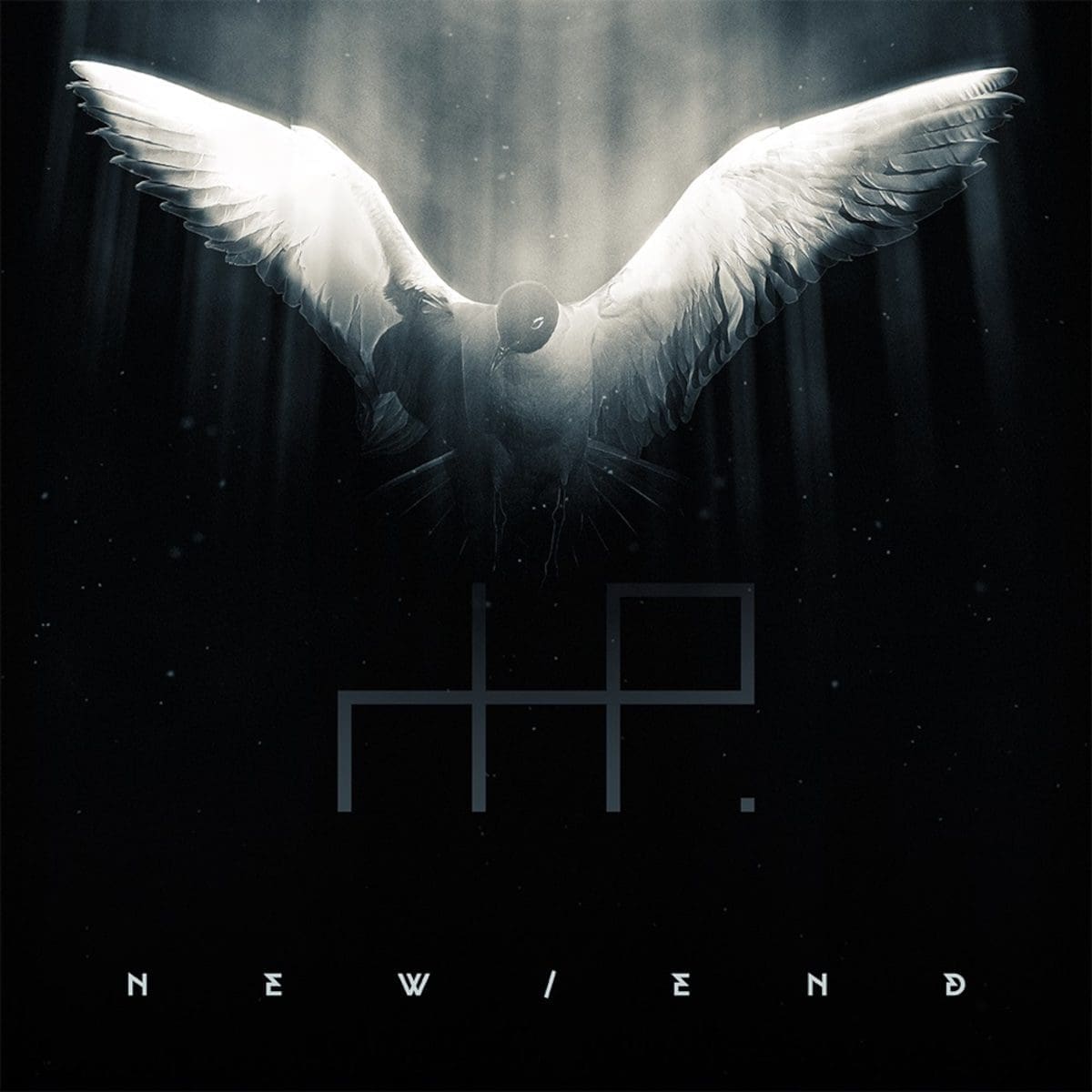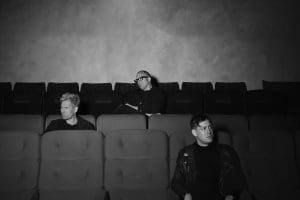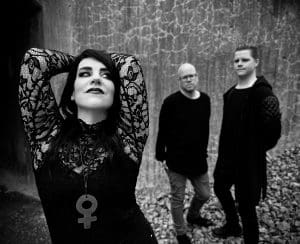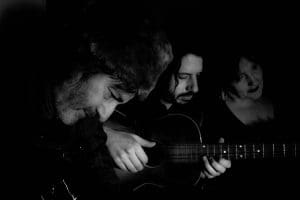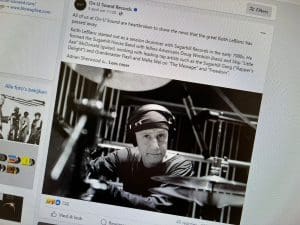Style Icons in Industrial Electronic
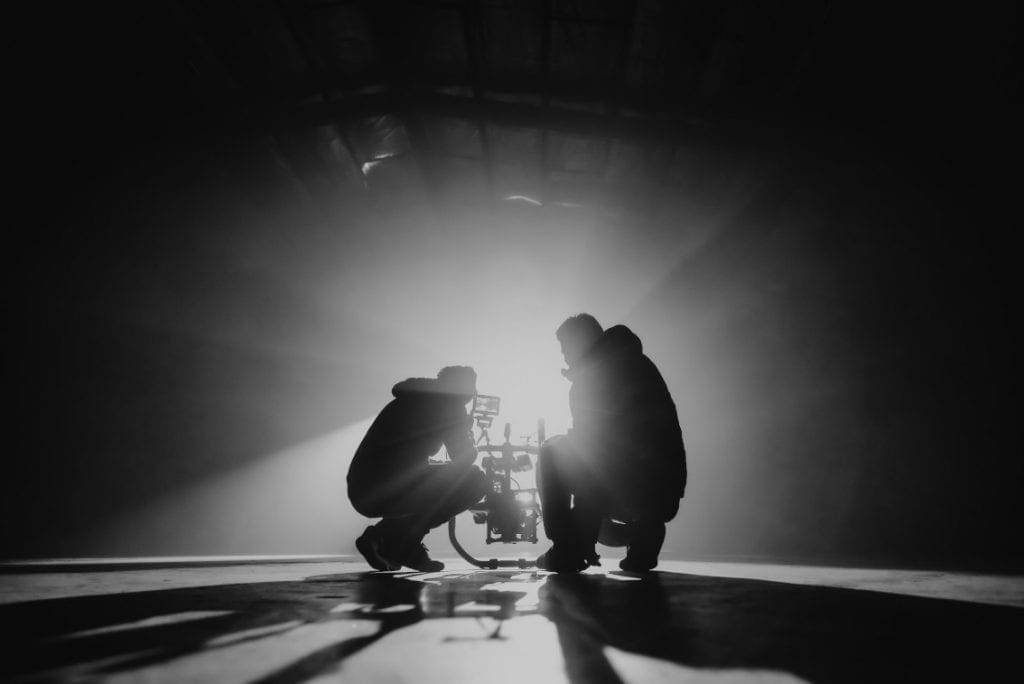

The Industrial Electronic music genre is a postindustrial outgrowth of industrial sound developed in the 1970s and 1980s by groups such as Cabaret Voltaire, SPK, and Throbbing Gristle. The genre not only involves electronic instruments; it consists of a combination of thoughtful and layered sounds. It also frequently involved synthesizing choirs, strings, media samples, and modulated vocals.
The pioneers of this music style were Front Line Assembly and Skinny Puppy. Later, it included Evil’s Toy, Forma Tadre, and Leather Strip, among others. The record labels associated with this kind of artistic work include Antler-Subway, Nettwerk, Zoth Ommog, and Wax Trax.
In the 1990s, the style of music diversified into aggrotech and dark electro. Several instrumentalists wrote industrial electronic music, and the genre was characterized by soundtracked performances. The live shows and videos were frequently inspired by a diverse subject matter, ranging from animal-rights activism to horror movies.
After the gradual disappearance of EBM in the 1990s, industrial electronic music became more popular on the international scene. Digitized vocals and harsher beats characterize the music. Mostly, the groups that participated in this genre avoided the use of guitars. However, in the mid-1990s, some groups used guitars and became linked to industrial metal. Other groups infused aspects of experimental electronic styles of music such as glitch and drum.
Electro-industrial groups tended to feature subjects of science fiction and control. This was evident in their shows that took inspiration in aspects that depicted the major themes.
The artists in the industrial electronic music genre refrained from the use of thrash guitars without any attempt of concealment. This contrasted industrial crossover bands whose performances were dominated by thrash guitars. When this music genre dominated the airwaves, the music groups focused on the experimental and electronic edge of the style. The bands underscored the influence of pioneer bands.
The famous artists who engaged in this genre of music included:
Some of the famous songs of the electro-industrial artists included names like Nemesis, Bloodsport, Fatal, and Total Terror.
The derivatives of this genre of music were dark electro and aggrotech.
Dark Electro
This is a similar style that was developed in Central Europe in the 1990s. The music of Skinny Puppy and the Klinik inspired this style with a technique composed using horror soundscapes and distorted vocals. VelworC laid the foundation of the dark electro movement. Over time, this style was replaced by styles influenced by techno styles, such as futurepop. Other groups that practiced this style are trial, ice ages, and seven trees.
Aggrotech
This is a derivative form of electro-industrial, which was strongly influenced by hard trance music. It employs lead synth lines, aggressive beats, and lyrics of dark nature. In most cases, the vocals are distorted and shifted to sound synthetic and harsh. Musicians in this style added glitching effects in their compositions.
Style Icons
The electro-industrial artists wore clothing that emphasized the significant themes of this genre of music. Even though the bands were from different countries, the dress code was almost the same. For example, members of Noise Unit would sometimes accessorize dark colors with jewelry, such as what might have been an antique necklace.
The machinery of the industrial electronic music kicked into gear after it found its humanity. The different bands of this genre made unconventional anthems by using keyboards and strange approaches to vocals.
The projects by band members in different countries evolved substantially, and the prosperity increased the number of hard rock fans. They became interested in technological advancements in the production of their music more than the use of sounds from guitars. The rave scene inspired the works by most industrial electronic artists.
The purpose of this music genre was to act as a commentary by shunning what the bands perceived as overfamiliar connections to the past. There were declarations by members of some bands that the music they composed was anti-music. In this regard, most industrial electronic performances were against different taboos and had some aspects of provocation, such as abuse of audiences.
Since you’re here …
… we have a small favour to ask. More people are reading Side-Line Magazine than ever but advertising revenues across the media are falling fast. Unlike many news organisations, we haven’t put up a paywall – we want to keep our journalism as open as we can - and we refuse to add annoying advertising. So you can see why we need to ask for your help.
Side-Line’s independent journalism takes a lot of time, money and hard work to produce. But we do it because we want to push the artists we like and who are equally fighting to survive.
If everyone who reads our reporting, who likes it, helps fund it, our future would be much more secure. For as little as 5 US$, you can support Side-Line Magazine – and it only takes a minute. Thank you.
The donations are safely powered by Paypal.

